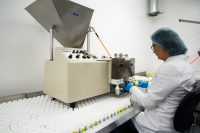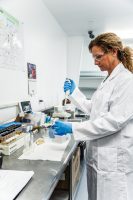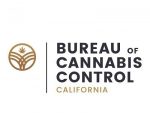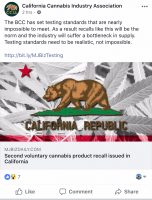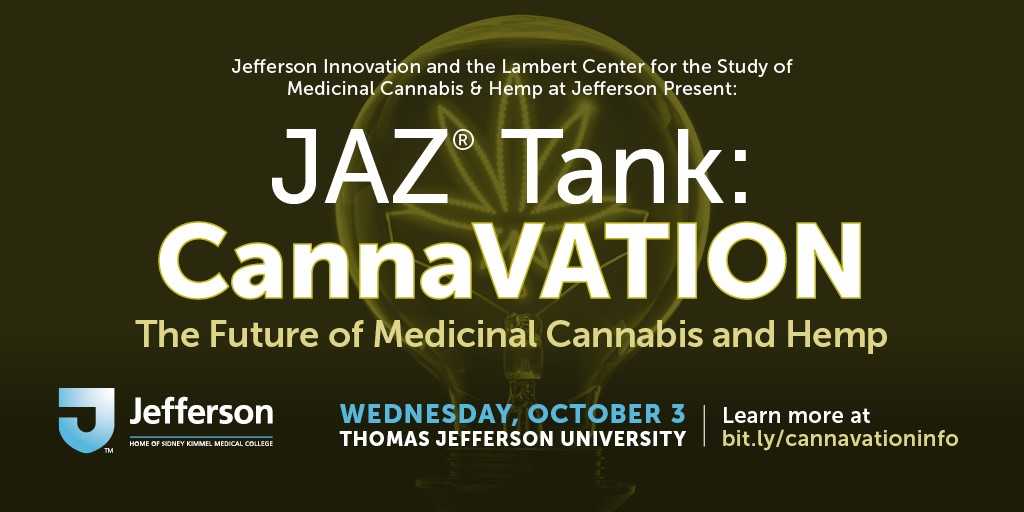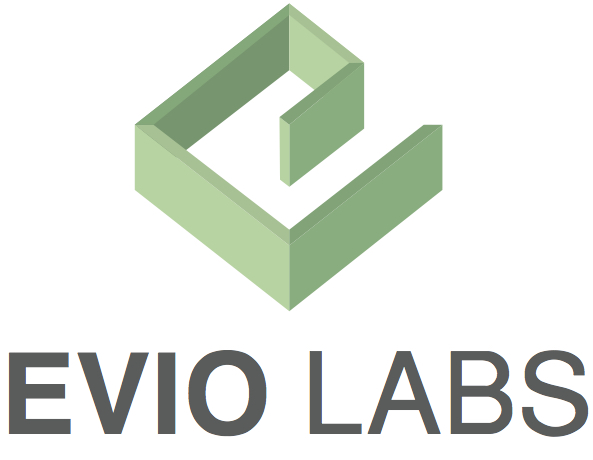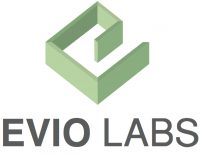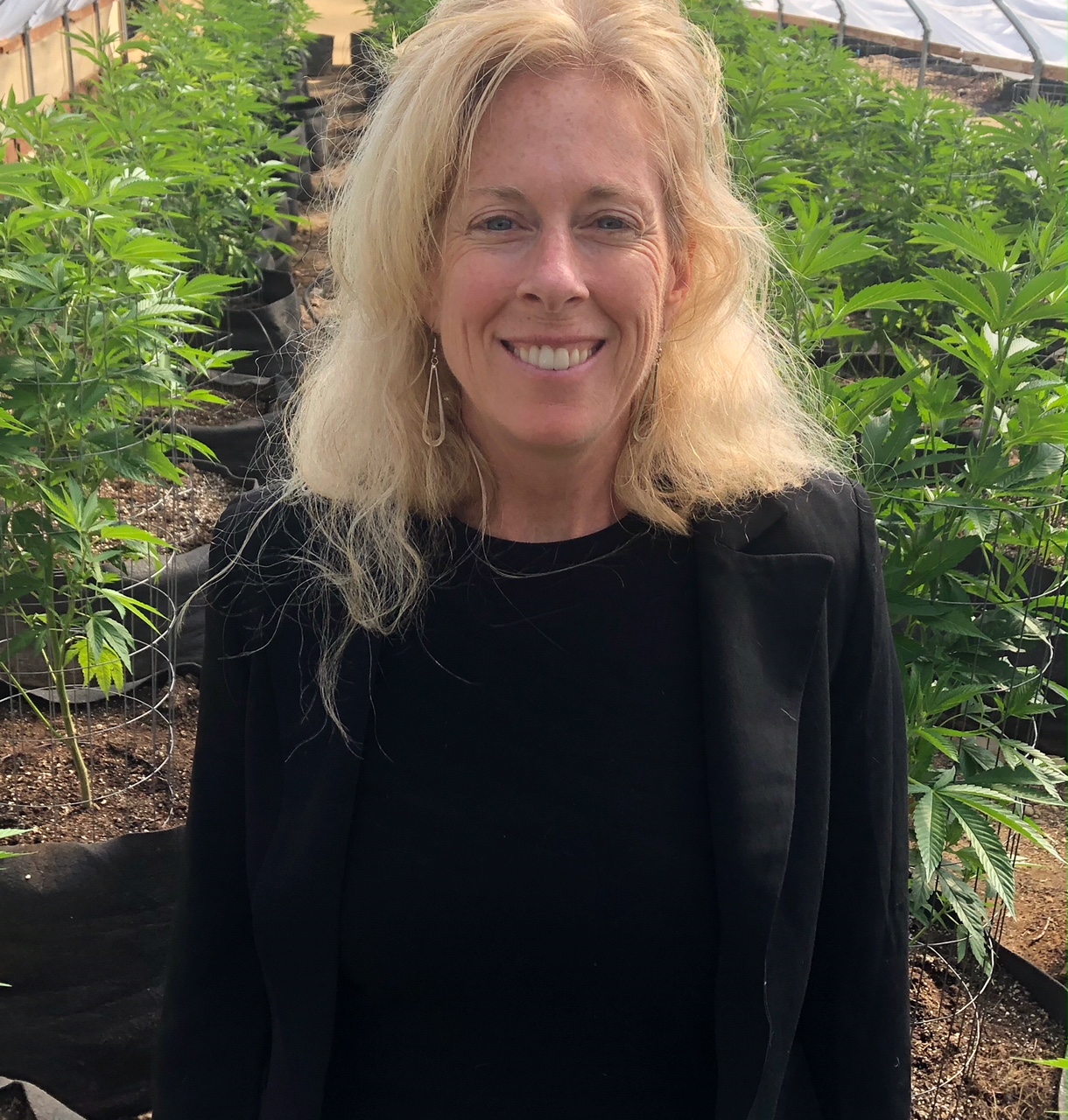Protection in the Court of Public Opinion
In the last four articles, I have outlined areas that impact your operations as they apply to laboratory quality programs. But this article will take a different path. It will focus on protecting your crop and brand along with any business that utilizes your crop, such as dispensaries or edible manufactures in the court of public opinion.
Now, the elephant in the room for cannabis companies is the difference between rules written by the state and their enforcement by the state. There are many anecdotal stories out there that can be used as case studies in identifying ways to protect your brand. Remember, consumers and the media caught them, not the regulators.
Cheating in the cannabis industry: growers, dispensaries, edibles manufactures, etc. This includes:
- Finding laboratories that will produce results that the client wants (higher potency numbers)
- Not testing for a particular contaminant that may be present in the cannabis product.
- Selling failed crops on the gray or black market.
- Claiming to regulators that the state rules are unclear and cannot be followed (e.g. So, give me another chance, officer)
So why should you be worried? Because, even if the state where you operate fails to enforce its own rules, the final end-user of your product will hold you accountable! If you produce any cannabis product and fail to consider these end-users, you will be found out in the court of public opinion by either the media or by the even more effective word of mouth (e.g. Social Media).
So, let’s take a look at some recent examples of these problems:
- “Fungus In Medical Marijuana Eyed As Possible Cause In California Man’s Death”
- “Pesticides and Pot: What’s California Smoking?”
- “Buyers beware: California cannabis sold Jan. 1 could be tainted”
Each of these reports lists contamination by microbial stains or pesticides as being rampant within the California market whose products are used for medical or recreational use. Just imagine the monetary losses these cannabis businesses faced for their recalled cannabis product when they got caught. Remember, consumers and the media caught them, not the regulators.Institute a quality program in your business immediately.
How can you be caught? There are many different ways:
- Consumer complaints to the media
- Secret shopper campaigns (more to come on that in the next article)
- Media investigations
- Social media campaigns
What are the effects on your business? Product recalls such as these two to hit the California market recently.
So, what should you do to produce an acceptable product and provide reasonable protection to your cannabis business? Institute a quality program in your business immediately. This quality program will include areas of quality assurance and quality control for at least these areas.
- Growing
- Processing or formulating
- Shipping
- Dispensing
- Security
- Training of staff
- Laboratory services
Setting up and supporting these programs requires that your upper management impose both a rigorous training program and make employee compliance mandatory. Otherwise, your business will have an unreasonable risk of failure in the future.
Further information on preparing and instituting these types of quality assurance and quality control programs within your business can be found at the author’s website.










